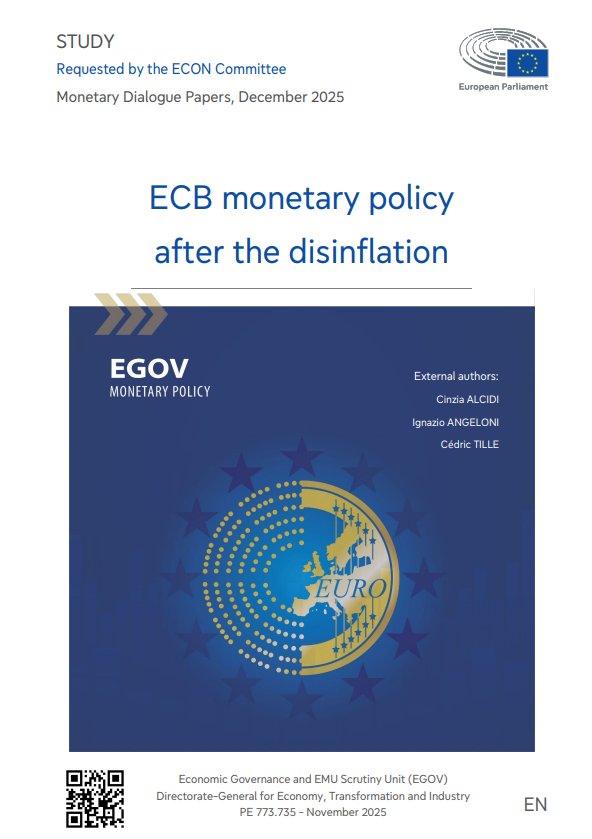European Network of Economic Policy Research Institutes (ENEPRI) Research Report No. 25 / 46 pages
This paper presents a method for taking advantage of labour market transitions to identify the effects of financial incentives on employment decisions. The framework used is very flexible and by imposing few theoretical assumptions it allows us to extend the modelled sample relative to structural models. The authors take advantage of this flexibility to include disabled persons in the model and to jointly analyse the behaviour of disabled and non-disabled persons. A great deal of attention is paid to the appropriate modelling of financial incentives in the labour market. In the case of disabled persons, taking account of financial incentives turns out to be an extremely complex process but one that in the end turns out to be well worth the effort. The model is used to compare reactions in the labour market to marginal changes in financial incentives and also to model one of the most important reforms of the UK Labour government – the introduction of the Working Families’ Tax Credit. The methodology relies on matching the transition and income data derived from cross-sectional and panel surveys, and could be used in other countries for which detailed, reliable income data are not collected in a panel format.












